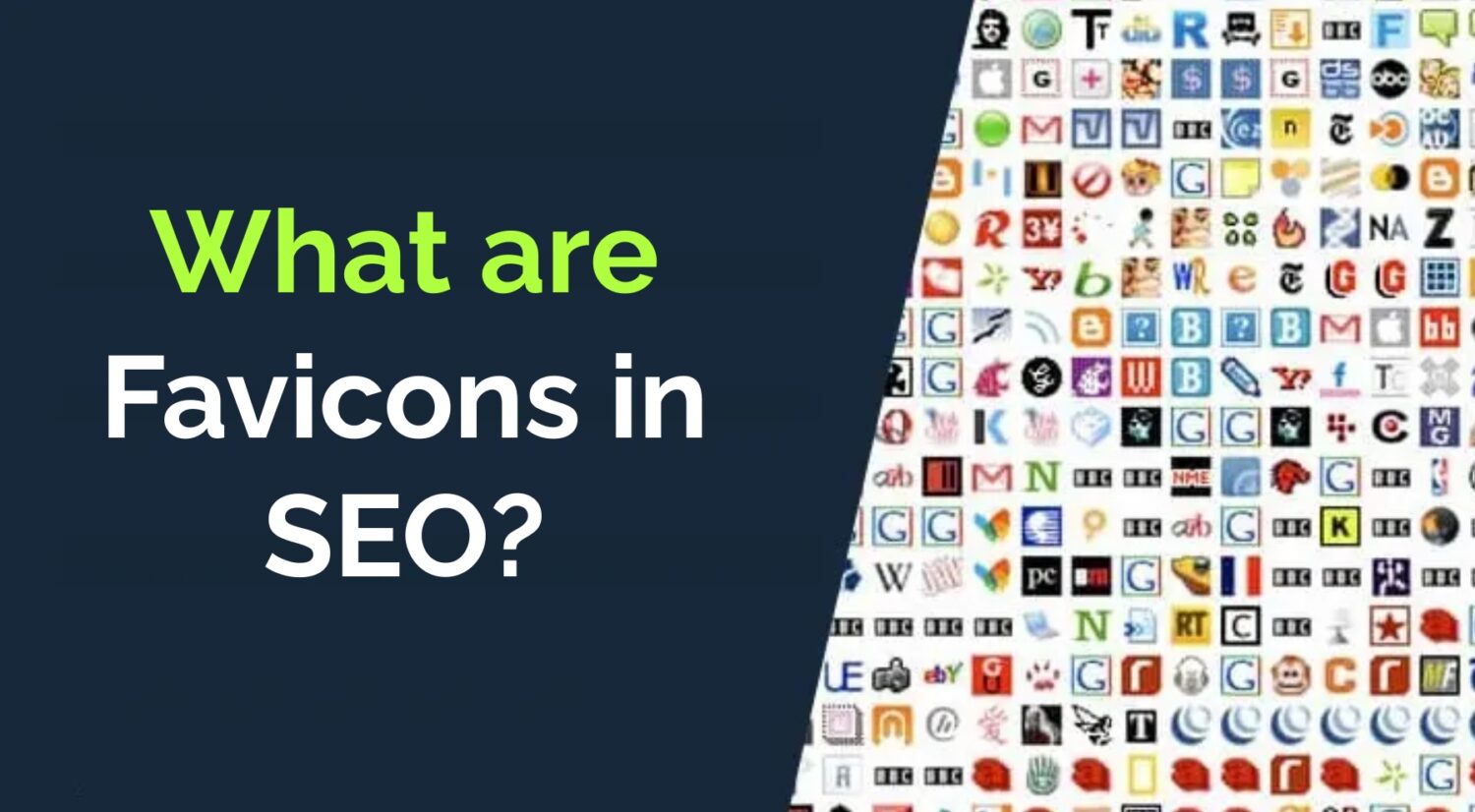A Favicon is a small image file that is displayed next to the URL of your website in the address bar of your browser. It’s also known as a bookmark icon or site icon, and it serves as your website’s online identity. People will see your favicon almost every time they visit your website, so it’s important that it looks professional and branded directly from the first impression. A Favicon can be added to your site by uploading an image file with specific dimensions to the root directory of your website on a server. You just need to upload an image, set the dimensions for both avatars, and upload it. That’s all there is!
Why Have a Favicon?
Favicons are a great source of branding. A favicon can help users identify your site more easily, especially if they use bookmarks to save your site. A favicon is a great way to add a subtle branding message to your website. You can include a company logo, initials, or another icon that helps visitors identify your site. Favicons are used in many places where a URL or images are used, so having a favicon can help your website stand out and look more professional. Favicons can be used in many places where a URL or images are used, so having a favicon can help your website stand out and look more professional. It can also be a great branding tool if you use a recognizable logo for the icon.
Does a Favicon Impact SEO?
Yes, a favicon will help improve your site’s SEO and overall user experience. However, whether or not your favicon will rank highly depends on a variety of other factors as well. The favicon will help your site get recognized and ranked higher in search engines as it acts as a shortcut icon for your website. Not only favicon there are lots of factors that affects SEO ranking like meta title and description, image alt tag, speed of site, traffic, content of sites and many more but favicon is also one of the important. Automated web scraping services can help to collect meta and keywords details from competitor site for analysis. A shortcut icon usually appears beside your URL in the browser’s address field. However, you can also add a shortcut icon to your favicon to make it more visible in the browser. Your favicon is essentially a miniature version of your website that appears in the browser’s address bar—it’s essentially the icon that represents your site.
Is a Favicon Necessary for SEO?
Having a favicon is not a necessity for SEO, but it does offer some great benefits. Having a favicon will help your site get recognized and ranked higher in search engines as it acts as a shortcut icon for your website. Having a shortcut icon will also save you the time and energy it would take to create an entirely custom icon for your site.
What Should a Favicon Look Like?
A favicon should be simple, recognizable, and easy to understand. Using a logo or brand name as a favicon is one of the best uses for it. However, you may also want to create a unique icon or symbol that represents your site. You can consult with a professional designer for help creating a favicon for your site, or you can use online tools to create your own. One can do social media analysis for better idea about favicon by monitoring other brand. Social media analysis is also very helpful for getting other data about your business. Reputed businesses are making use of social media scraping services for various purpose like competitor analysis, reviews and feedback analysis, brand monitoring, sentiment analysis and many more. Facebook is very popular for all these stuff among other social platform.
How do I Create a Favicon?
You can create a favicon from scratch, but it’s much easier to use an online tool to create one. The first thing you’ll want to do is figure out what dimensions you need for your favicon.
Is It OK to Use a Stock Image for a Favicon?
It’s perfectly fine to use a stock image for your favicon. However, you should make sure that it’s a high-quality image that represents your brand.
Bottom line
A favicon will help your site get recognized and ranked higher in search engines as it acts as a shortcut icon for your website. A shortcut icon will also save you the time and energy it would take to create an entirely custom icon for your site. For example, if you make a site that focuses on the entertainment industry, you might not want to use an icon representing your product or service. Instead, you might want to create an icon representing your site’s name.
